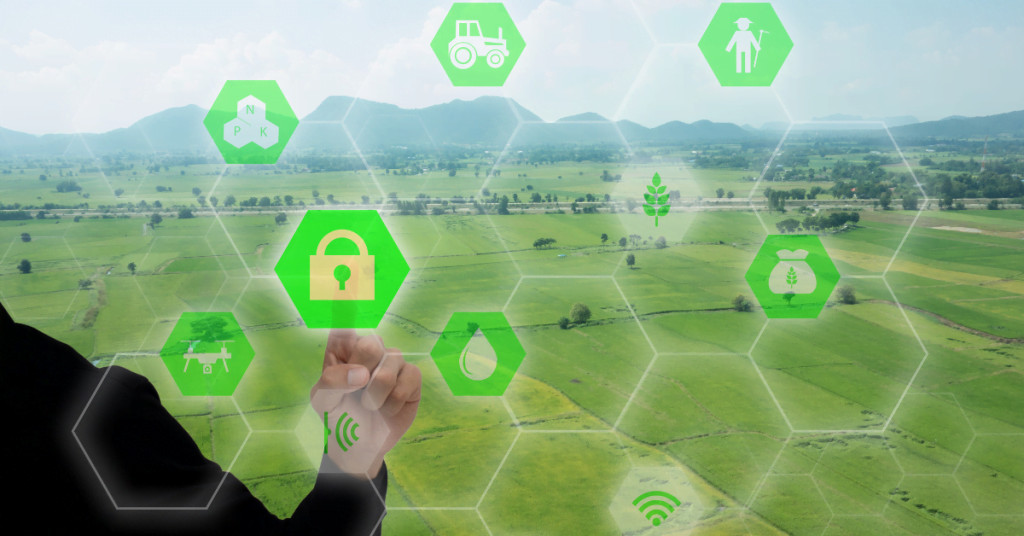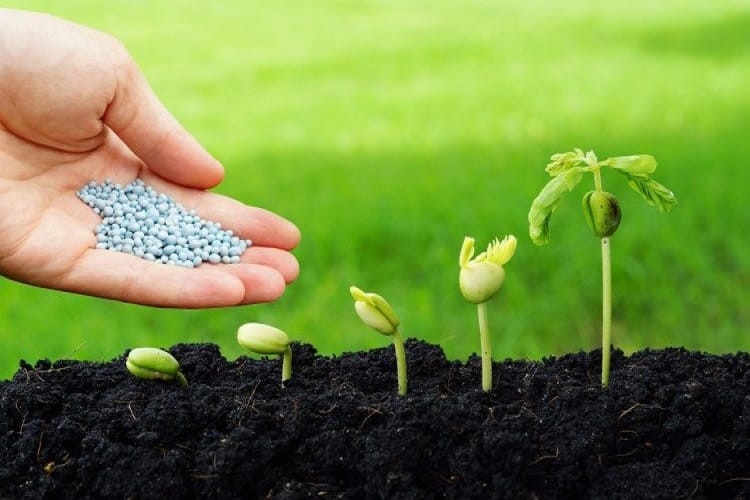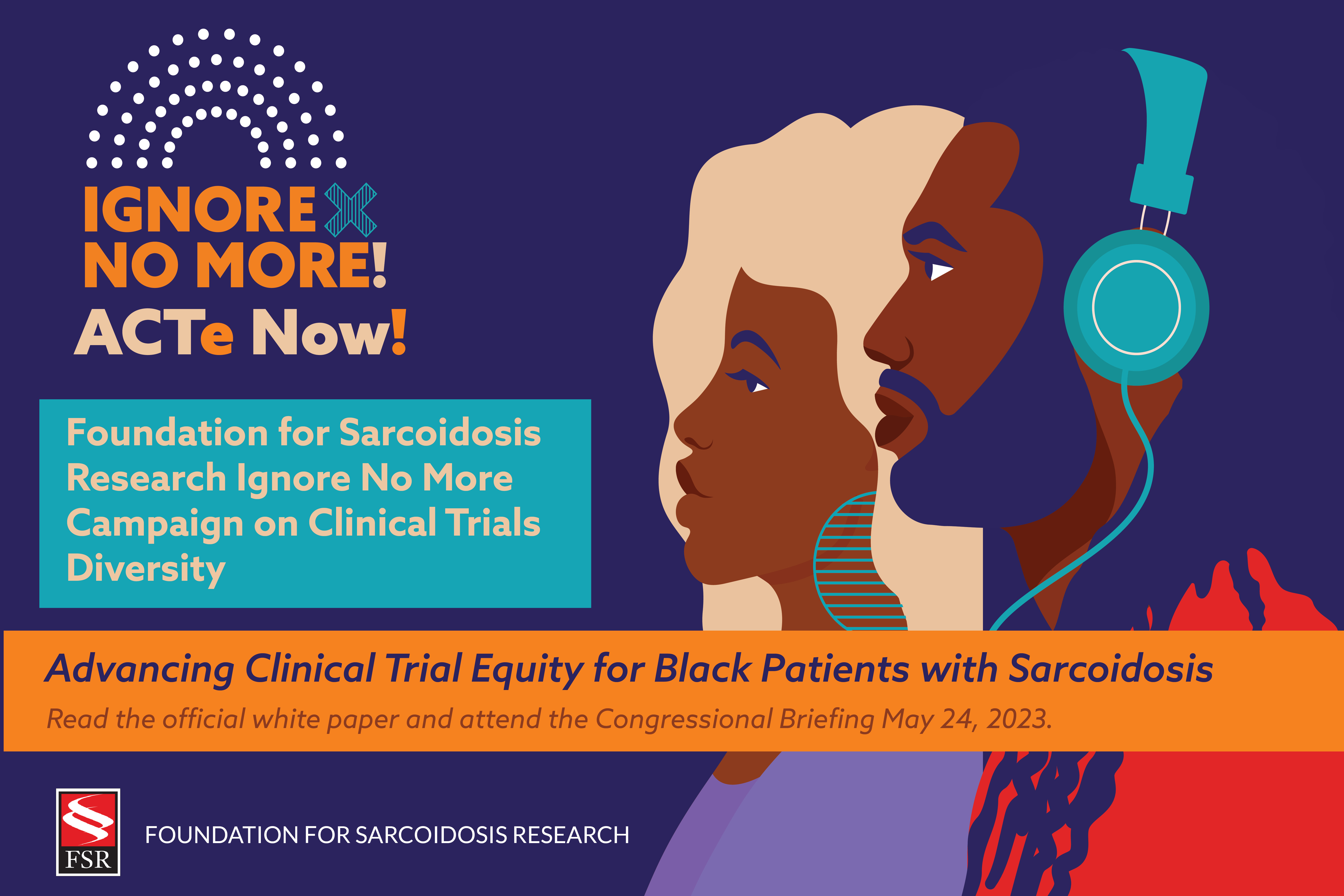The Rise of Biopesticides: A Sustainable Solution for Modern Agriculture
The global biopesticides market is experiencing a surge in demand as consumers and governments worldwide embrace sustainable agricultural practices. These natural alternatives to synthetic pesticides are derived from a variety of sources, including plants, animals, bacteria, and minerals. With growing concerns about the health and environmental impact of conventional pesticides, biopesticides offer a promising solution for safeguarding crops while preserving our ecosystems.
Market Growth and Key Drivers
The biopesticides market, valued at approximately $4.3 billion in 2024, is projected to grow at a CAGR of 14.1% between 2024 and 2030. This robust growth is driven by several factors:
- Increased Demand for Organic Food: Consumers are increasingly seeking organic food products due to concerns about chemical residues and the overall health and environmental impact of conventional agriculture. This growing preference for organic produce is driving the demand for biopesticides, which are essential for organic farming practices.
- Stringent Regulations: Governments around the world are enacting stricter regulations on the use of synthetic pesticides, encouraging the adoption of safer and more sustainable alternatives like biopesticides. This regulatory pressure is further fueling the market's growth.
- Technological Advancements: Advancements in biotechnology have led to the development of more effective and diverse biopesticide products. These innovations are attracting greater interest from farmers and expanding the market's reach.
Types of Biopesticides: A Spectrum of Solutions
Biopesticides can be categorized into three main types:
- Microbial Pesticides: These pesticides, derived from bacteria, fungi, viruses, or protozoans, are the most widely used type, accounting for over 45% of the market share. They target specific pests by disrupting their life cycle or causing disease.
- Plant-Incorporated Protectants (PIPs): These biopesticides involve genetically modified plants that produce pesticidal substances. PIPs are gaining traction, particularly in the genetically engineered crops sector, as they offer a built-in pest protection mechanism.
- Biochemical Pesticides: This category includes naturally occurring substances like pheromones and plant extracts. Biochemical pesticides control pests through non-toxic mechanisms, such as mating disruption or pest repellent action, offering a highly targeted and environmentally friendly approach.
Applications Across Agriculture: A Versatile Tool
Biopesticides find applications in various agricultural sectors:
- Agriculture: Biopesticides are widely used to control insects, weeds, and pathogens in crops like fruits, vegetables, and cereals.
- Horticulture: The cultivation of flowers, ornamental plants, and turfgrass is increasingly relying on biopesticides due to consumer demand for eco-friendly gardening products.
- Forestry: Biopesticides play a crucial role in forestry, helping to manage invasive species and protect the health of trees, ensuring the long-term sustainability of forest ecosystems.
Challenges and Opportunities: Balancing Growth and Sustainability
Despite the numerous benefits of biopesticides, the market faces certain challenges:
- Cost: Biopesticides are often more expensive to produce than synthetic pesticides, which can be a barrier for adoption, especially in regions with limited resources.
- Effectiveness: The effectiveness of biopesticides can vary depending on environmental conditions, making them less predictable than synthetic chemicals in certain situations. This variability requires careful planning and application to ensure optimal results.
However, these challenges are being addressed through ongoing research and development efforts. The industry is working to improve the efficacy, affordability, and accessibility of biopesticides, making them more attractive to farmers and contributing to a more sustainable agricultural system.
The Future of Biopesticides: A Bright Outlook
The future of the biopesticides market is promising, with continued innovation in biotechnology and increasing investments in sustainable agriculture. By 2030, the market is expected to reach a value of USD 9.8 billion, driven by the global shift towards environmentally friendly farming practices. As regulatory frameworks become more supportive and the cost-effectiveness of biopesticides improves, their adoption is likely to accelerate, solidifying their position as a key component of a sustainable and resilient agricultural landscape.
The Biopesticide Revolution: A Global Shift Towards Sustainability
The growing adoption of biopesticides represents a paradigm shift in the way we approach pest control and agricultural production. This shift is driven by a collective understanding that a healthy environment is essential for a thriving agricultural sector and a sustainable future. As biopesticides continue to evolve and become more accessible, they are poised to play a pivotal role in ensuring food security while protecting our planet for generations to come.


















